
 |
Akan Religion; Introduction por Phil Bartle, PhD traducción de Lourdes Sada |
 |
The religious beliefs and rituals of the Akan have various origins and various elements. European missionaries from early in the nineteenth century have preached not only the gospel, but tried very hard to change the Akan culture so as to more resemble European social organisation. The Akan, like many Africans, are syncretism, adding new onto old rather than discarding the old, much to the frustration of many missionaries.
The Chief of Ono, as chief, although his position is based on ancestor homage, is considered to be the head of every religious cult in Obo, and he takes great delight in saying "My brothers and sisters in Christ" to missionaries, when they know full well he is also in a position because of the gods and ancestors.
The section here focusses on the traditional,
or pre Christian, beliefs and rituals, as many of these are extant today,
although not easily seen by Europeans. Although there are many forces,
spirits, medicines and beings, the most important two are the Gods and
Ancestors.
.
| Files in the Religion set: |
The Spirit in Us; Overview This introduces the description of Akan religion, with mention of the Christian surface and various spirits and beings, including witch killers.
Gods I; Tutelary Deities; The Gods are the personifications of natural objects, rivers, caves, mountains. They were in the land among the patrilineal Guan who preceded the matrilineal Akan, and the Guan combines roles of chiefs and priests. The Akan kept the Gods, but assigned different persons to be priests and chiefs.
Gods II; Nansing; One powerful local God is described in detail, a river which flows inside a cave.
Gods III; Health and Fertility; The main concern of the Gods is health and well being. Local herbs are shown, and the method of improving fertility of women.
Gods IV; Ohantrase; When the chief calls a celebration, it is held under the Ohantra tree outside the chief's palace. When Gods possess their priests and priestesses, they walk counter clockwise around the circle of attendees, greeting and dancing, while their various drum ensembles play for all to hear.
Ancestors I; Death and Beyond; It is explained that being dead is not sufficient to be an ancestor. When a chief or elder attains a high level of prestige and power, then she or he is more likely to be called as an ancestor.
Ancestors II; Afahye; The British brought the word "Durbar: from India to label these pubic celebrations.
Gyenyame; The black adinkra stamps, which are worn on cloth, are many, but the best known is the Gyenyame ("Except for God").
Geographic Food Taboos. The priestess of the God, nansing, cannot eat maize when she is in the valley drained by the nansing river, but can eat maize when outside the valley.
Also see Three Souls which is in the Social Organization set. It is used even today in briefing missionaries to become more sensitive to the cosmology (worldview) of the Akan.
And look at Black Apoma which is also in the Social Organization set. It describes a ritual held prior to the black stool libation by the seven linguists of Obo, in the early morning hour every six weeks on Akwasidae.
![]()
––»«––
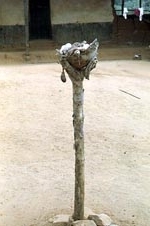 |
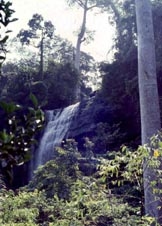 |
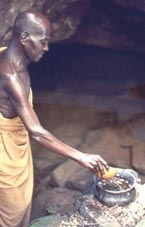 |
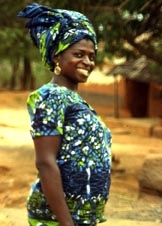 |
 |
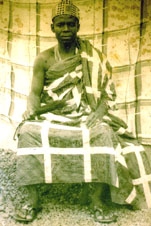 |
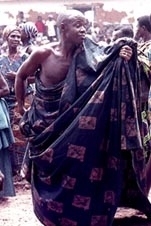 |
 |
|
|